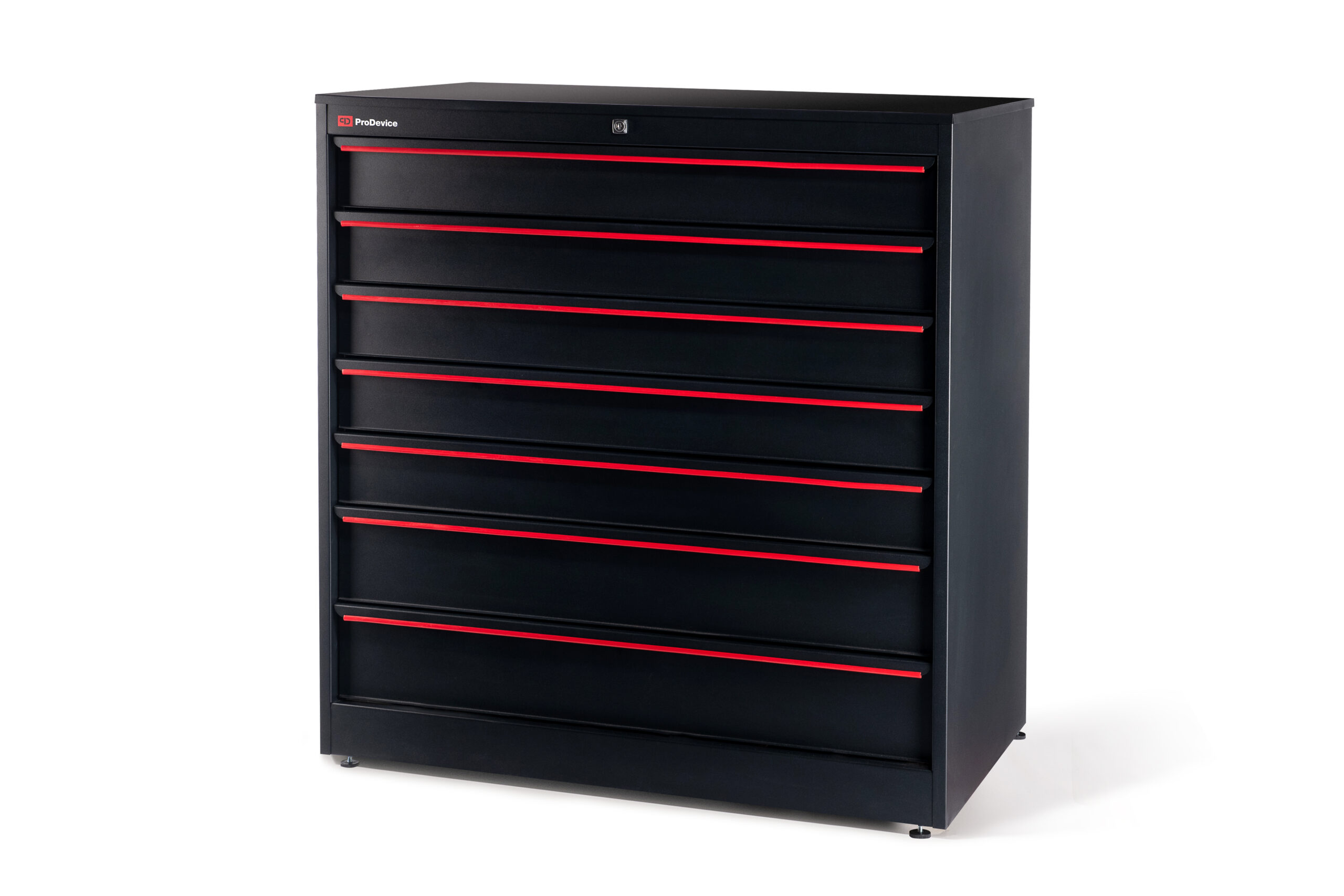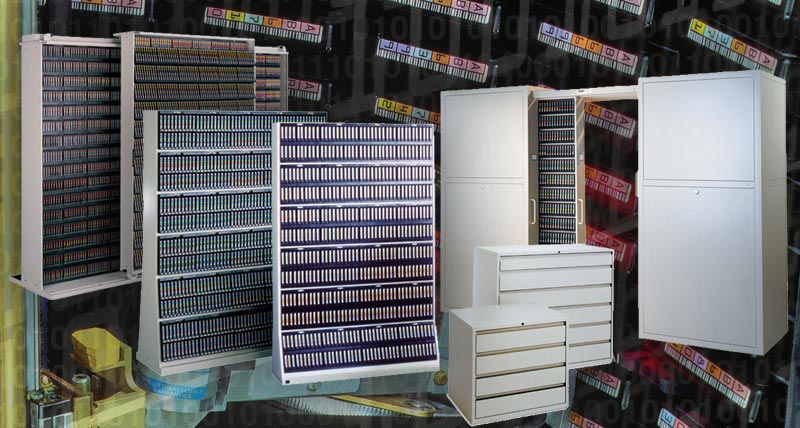Understanding Backup Tape Storage Cabinets

In the realm of data protection, backup tape storage cabinets stand as vigilant guardians, safeguarding your precious digital assets from the perils of data loss. These cabinets provide a secure and organized environment for storing your backup tapes, ensuring their longevity and accessibility when disaster strikes.
Benefits of Using Dedicated Cabinets for Tape Storage
Dedicated backup tape storage cabinets offer a multitude of benefits that enhance data protection strategies. These cabinets provide a controlled environment, ensuring the optimal preservation of your backup tapes. They shield tapes from environmental hazards such as dust, moisture, and extreme temperatures, which can degrade tape quality and compromise data integrity. Furthermore, these cabinets act as a physical barrier, protecting your backups from unauthorized access and theft, safeguarding your data’s confidentiality and security. The organized nature of these cabinets facilitates efficient tape management, allowing for easy retrieval and storage, streamlining your backup and recovery processes.
Types of Backup Tape Storage Cabinets
Backup tape storage cabinets come in various forms, each tailored to specific needs and budgets.
Standard Cabinets
Standard cabinets offer a basic level of protection, typically featuring a lockable door and shelves for organizing tapes. They are suitable for small businesses or individuals with limited storage requirements.
Environmental Control Cabinets
Environmental control cabinets are designed to maintain optimal temperature and humidity levels, crucial for long-term tape storage. They often include features such as fans, humidifiers, and temperature sensors to ensure a stable environment for your tapes.
High-Security Cabinets
High-security cabinets are fortified with advanced security features, such as reinforced doors, tamper-proof locks, and intrusion detection systems. These cabinets are ideal for organizations with stringent security requirements, protecting valuable data from theft and unauthorized access.
Automated Tape Libraries
Automated tape libraries are sophisticated systems that manage and retrieve tapes automatically. They offer high capacity, fast access times, and automated tape handling, making them suitable for large organizations with extensive backup needs.
Factors to Consider When Choosing a Backup Tape Storage Cabinet
When selecting a backup tape storage cabinet, consider factors such as:
- Capacity: Determine the number of tapes you need to store and choose a cabinet with sufficient capacity.
- Security: Evaluate the security features of the cabinet, such as locking mechanisms and intrusion detection systems.
- Environmental Control: Consider the environmental conditions in your location and choose a cabinet that provides appropriate temperature and humidity control.
- Accessibility: Ensure the cabinet is easily accessible for tape retrieval and storage.
- Budget: Set a budget and choose a cabinet that meets your requirements within your financial constraints.
Key Features and Considerations

Choosing the right backup tape storage cabinet is crucial for protecting your valuable data. It’s not just about storing the tapes; it’s about ensuring their long-term integrity and accessibility. This decision requires careful consideration of several key features and factors that influence the cabinet’s performance and suitability for your specific needs.
Environmental Factors and Tape Longevity
The environment plays a critical role in the lifespan of backup tapes. Fluctuations in temperature and humidity can negatively impact their performance and longevity.
- Temperature: Extreme temperatures can cause the tape media to warp, crack, or become brittle. Ideal storage temperatures range from 50°F to 77°F (10°C to 25°C).
- Humidity: High humidity can lead to condensation, which can damage the tapes. The ideal relative humidity range is between 40% and 60%.
Backup tape storage cabinet – Investing in a cabinet with precise temperature and humidity control mechanisms ensures optimal storage conditions, minimizing the risk of data loss due to environmental degradation.
Fire Resistance and Security
Data security and physical protection are paramount in any backup strategy. A backup tape storage cabinet should offer robust fire resistance and security features to safeguard your data from potential threats.
- Fire Resistance: Choose a cabinet with a fire resistance rating that meets your specific requirements. Fire-resistant cabinets are designed to withstand high temperatures and protect the tapes from fire damage for a designated period. Look for ratings like UL 1244, which specifies the duration of fire protection.
- Locking Mechanisms: Secure locking mechanisms are essential to prevent unauthorized access. Cabinets with robust locks, keypads, or electronic access control systems enhance physical security.
- Access Logs and Tamper-Proof Seals: Maintaining an audit trail of access is crucial for accountability. Cabinets equipped with access logs and tamper-proof seals provide evidence of unauthorized access attempts or tampering, enhancing security and compliance.
These features ensure the physical integrity of your tapes and prevent data breaches or accidental loss.
Implementing Backup Tape Storage Cabinets

Installing and configuring a backup tape storage cabinet is a crucial step in ensuring data security and recovery. It involves setting up the physical environment, connecting the cabinet to your network, and integrating it with your backup software.
Installation and Configuration
The process of installing and configuring a backup tape storage cabinet involves a series of steps that ensure proper functionality and integration with your backup system.
- Unpacking and Placement: Begin by carefully unpacking the cabinet, ensuring all components are present. Choose a suitable location for the cabinet, considering factors like temperature, humidity, and access. It’s essential to ensure the area is well-ventilated and free from dust and debris.
- Connecting the Cabinet: Connect the cabinet to your network using the provided Ethernet cable. Ensure the cable is securely plugged into both the cabinet and your network switch or router.
- Powering Up the Cabinet: Connect the cabinet to a dedicated power outlet. Power up the cabinet and allow it to boot up completely.
- Software Integration: Install and configure the software that accompanies the cabinet. This software typically provides tools for managing tapes, creating backup schedules, and restoring data. Follow the manufacturer’s instructions for software installation and configuration.
- Testing and Validation: After installation, it’s crucial to perform a test backup to ensure the cabinet and software are functioning correctly. This test should include backing up data from your critical systems and restoring it to ensure data integrity.
Tape Storage Room Layout
Designing a layout for a tape storage room ensures efficient and secure data management.
- Cabinet Placement: Position the cabinet in a central location within the room, ensuring easy access for tape loading and retrieval.
- Backup Equipment: Locate backup servers, tape drives, and other related equipment near the cabinet for easy connectivity.
- Power and Network Connections: Ensure adequate power outlets and network connections are available for the cabinet and other equipment.
- Security Measures: Implement security measures such as access control, surveillance cameras, and fire suppression systems to protect the tapes and equipment.
- Environmental Controls: Maintain optimal temperature and humidity levels within the room to protect the tapes from damage.
Tape Management Workflow
A well-organized workflow for managing tapes ensures data security and efficient retrieval.
- Labeling: Label each tape clearly with information such as the date of the backup, the data source, and any other relevant details. This labeling system helps with easy identification and retrieval.
- Storage Protocols: Establish clear protocols for storing tapes within the cabinet. This may involve assigning specific slots for different data sources, organizing tapes chronologically, or using a specific rotation schedule.
- Retrieval Procedures: Develop clear procedures for retrieving tapes. This includes documenting the location of tapes, using a tracking system, and ensuring proper handling during retrieval.
- Offsite Backup: Consider storing copies of tapes offsite for disaster recovery purposes. This ensures data protection in case of a fire, flood, or other disaster at the primary location.
Just as a backup tape storage cabinet safeguards precious data, a well-organized kitchen can protect the heart of your home. Consider the timeless elegance of taupe kitchen cabinets with white countertops , a combination that evokes a sense of calm and order, much like a well-stocked backup tape cabinet brings peace of mind.
Just as each tape holds a vital piece of information, each drawer and shelf in your kitchen can house the ingredients for nourishing meals and cherished memories.
Just as a wise soul safeguards precious memories by storing them in a secure place, so too must we protect our vital digital data. A backup tape storage cabinet provides a physical haven for these irreplaceable records, but for ultimate peace of mind, consider investing in non flammable storage cabinets.
This added layer of protection ensures that even in the face of unforeseen circumstances, your digital legacy remains safe and accessible, much like a guiding light illuminating the path forward.